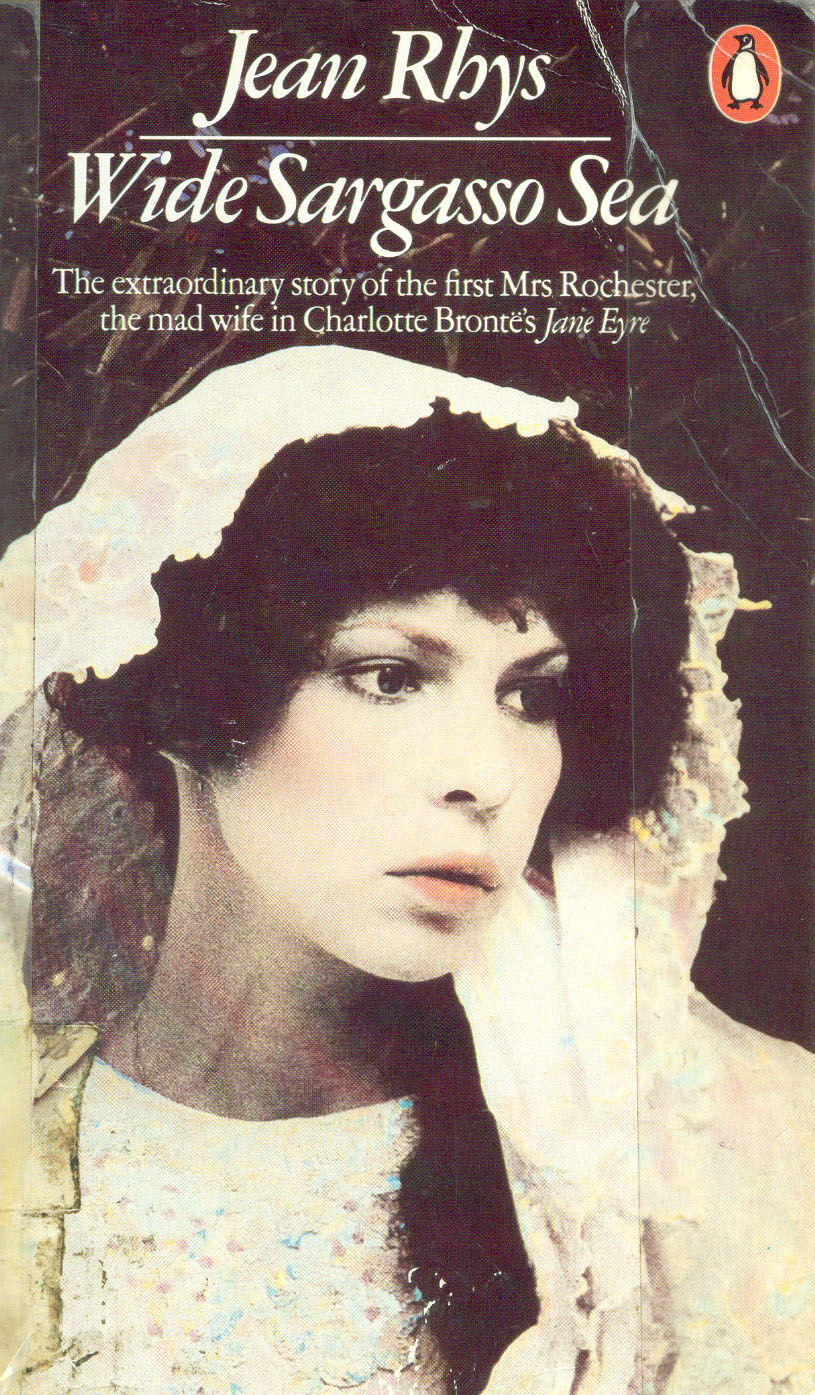
Perhaps because Jean Rhys was writing within the limitations established by an earlier literary classic, Wide Sargasso Sea seems to present Antoinette's ultimate fate as an inevitable, foregone, pre-determined conclusion. Choose one of the work's many pairs of binary oppositions - examples of which might include black/white, sun/shade, life/death, slave/master, truth/fiction, day/night, past/present, sympathy/hatred, attraction/repulsion, knowledge/denial, familiar/strange, male/female, England/West Indies, and madness/sanity, just to name a few - and analyze how and what the juxtaposition of antithetical entities contributes to the novella.

" Wide Sargasso Sea is a study in unfulfillment, in unreconciled oppositions and contrasts," the critic Thomas F. What is the function of such supplements?

Finally, consider Rhys's deliberate additions to the Caribbean plotline, such as the invention of Christophine. How does Wide Sargasso Sea revise or alter the way one reads and understands Jane Eyre? Along these lines, what narrative techniques did Rhys employ to differentiate her text from the earlier work of Charlotte Brontë? You should think about the particular amendments Rhys made to certain details of Brontë's novel, and/or the specific aspects of Brontë's story that she chose to emphasize for example, elements of the characterization of Mr.
In her letters, Jean Rhys wrote about her concern that Wide Sargasso Sea would be viewed as "just another adaptation of Jane Eyre," of which, she remarked, "here have been umpteen thousand and sixty already." Today, critics view Rhys's novella not as an "adaptation" but rather as a "revision" of the nineteenth-century classic.


 0 kommentar(er)
0 kommentar(er)
